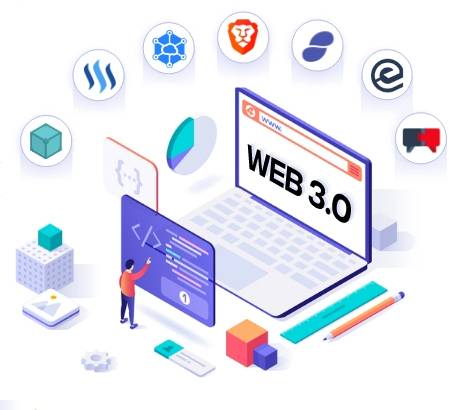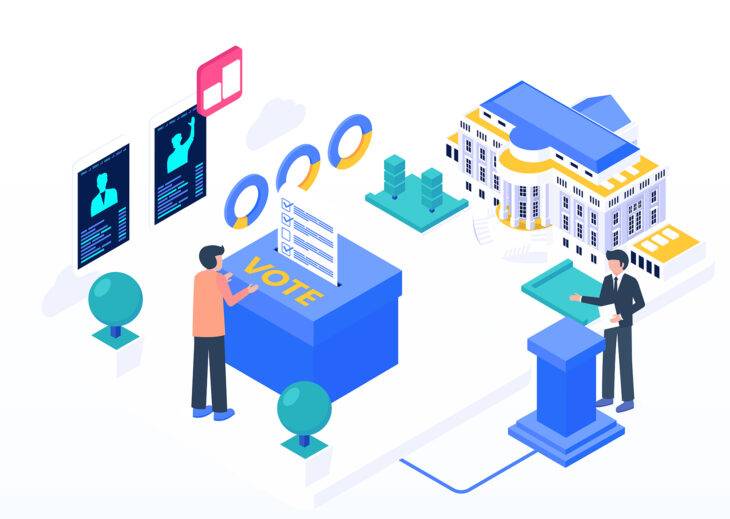Sentiment analysis is one of the primary practices performed by crypto traders. It gives them a significant edge in gauging the health of markets as a whole, as well as, the ability to make valuation predictions. Underestimating it would be foolish. Here is why.
Crypto traders are often trying to gain an edge over competitors; however, they often struggle when attempting to isolate what matters what doesn’t with regards to cryptocurrency market prices. Many individuals, from the most skilled in the area to the ones who just got introduced to cryptocurrency, have theorized that social sentiment played a huge role in dictating cryptocurrency valuations.

What’s sentiment analysis and why is it so important?
As we mentioned in our earlier article; sentiment analysis is the processing of vast volumes of data from different sources as articles, blogs, comments, social networking posts, even video transcription to work out the market‘s feelings regarding a topic to determine whether it’s positive, negative or neutral.
Countless studies have concluded that social sentiment is an effective predictor of future cryptocurrency prices, and to gauge crypto market’s state at any given moment. The access to an AI solution that is able to parse a massive number of posts or tweets and relay data can give crypto traders of all experience levels a tremendous leg up. Not only in measuring buzz, but analyzing sentiment as being bearish or bullish.
Another interesting finding is the sentiment wasn’t driven by a handful of the most talkative and prominent Twitter accounts. Rather, it is driven far more than expected by folks who were much less vocal about crypto and not very active. It possibly hints that many crypto investors put far more value on data from sources that don’t influence cryptocurrency social sentiment by a professional or perhaps based on a specific agenda, which in many cases are used for market manipulation.
Sentiment Analysis and AI offer an indisputable edge over the competition
Artificial Intelligence is considered by many as the key driver of the 4th Industrial Revolution. The AI market is estimated to grow to more than US$47 billion by 2020. The adoption of AI is being led by the finance sector, with a significant projected increase in spending over the following 3 years, with Retail and Consumer markets quick to find out the possibility of these exciting new advances.
Machine learning and sentiment analysis are specific strategies that are applied to AI. To be able to process and understand the masses of information these days, sentiment analysis and machine learning have become essential methods that open the analytical gateway to data. To match the ever-expanding datasets. Therefore, it is natural that the strategies and techniques with which to analyze them need also to enhance and update.
One update especially has proven to be valuable at gauging sentiment. Neural Networks are remarkably effective and accurate since they are able to process each and every word as an operator and a vector (a matrix) giving it a form of “intuition,” something that machines do not have by default. Thus the word “not” is usually a rotation matrix that functions on the following term (for example) it changes the polarity of its by revolving the vector of the term “good” concluding that the combination of the words “not good” is the sentiment of the set of data analyzed. This would be the purest form of example the power of Neural Networks goes way beyond, defying the human brain to unimaginable levels. Its effectiveness can entirely replace the accuracy of sentiment analysis.
The opportunity presented by the analysis of enormous unstructured sets of data, as well as, natural language processing provided by Artificial Intelligence optimizes sentiment analysis. The use of AI and sentiment analysis gives a tremendous edge to any company or individual that needs to manage vast quantities of data, understand the insights shared by consumers and merge all types of social data along with other data streams to find customer needs, preferences, and intents, all with unprecedented precision.
Get in touch with me on LinkedIn and follow me on Medium.















